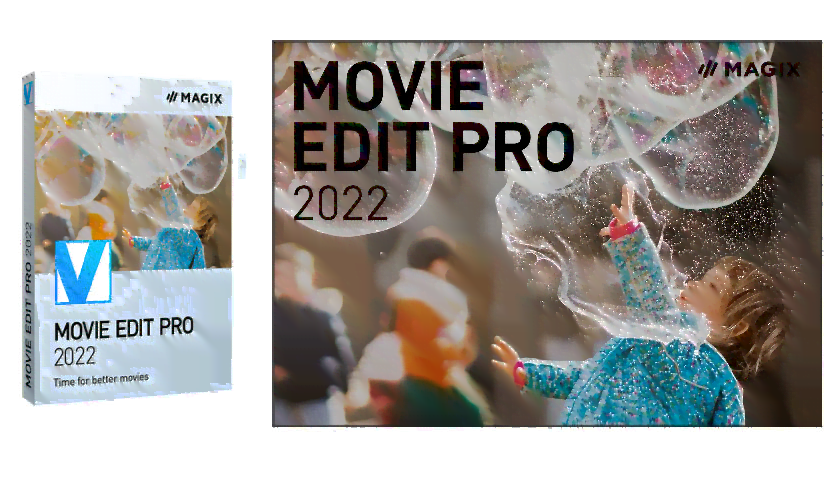

- #Magix movie edit pro full
- #Magix movie edit pro portable
- #Magix movie edit pro pro
- #Magix movie edit pro plus
for the NVIDIA 3D Vision system), and color anaglyph for viewing on standard monitors with red/cyan glasses.

#Magix movie edit pro pro
To display your 3D imagery while editing, Movie Edit Pro supports several playback modes to preview your movie, depending on your monitor’s technology: polarizing filter for passive glasses, active shutter mode (i.e. side by side at half/full width or stereo pairs), as well as adjust the stereo alignment (horizontal, vertical, and rotation). You then can import the 3D material into Movie Edit Pro and use the stereo 3D effects to specify the format (i.e. in AVI format ($599 list, around $449 street).Īnd you can use other techniques to shoot 3D imagery, including using two cameras on a stereo mount, shooting two photos with the same camera from slightly different angles, and carefully shooting video pans and then duplicating the footage with a small time offset to turn the camera movement into stereo. You can import content from 3D devices including the Fujifilm FinePix Real 3D W3 digital camera, which shoots 3D still photos up to 3648 x 2736 resolution in MPO format (Multi-Picture Object) and 3D videos up to HD 1280 x 720 at 24 frames/sec.
#Magix movie edit pro plus
If that’s not enough, the Plus version of Movie Edit Pro 17 also adds 3D editing, import, and export, complete with 3D transitions and titles. And it will prompt to warn you when trying to preview a movie at high resolution, and offer to preview at half-res for better performance. For example, it does not require you to pre-select a project format, but will warn you when importing a clip at higher resolution than your current project and offer to automatically adjust the project settings. Movie Edit Pro also does not hide editing details. The next level of capabilities, including 3D viewing and editing, is then available through the menu bar and right-click menu options. The interface also makes use of pop-up tooltips and text in the status bar to help describe the different tools. The Movie Edit Pro interface does a good job of controlling the underlying complexity of all these features, avoiding arrays of tiny buttons while still providing straightforward click and drag editing with larger icons. The tracks are not limited to specific uses (video or audio to titles) instead you can place any object in any track.
#Magix movie edit pro full
Movie Edit Pro provides three editing modes: scene overview mode shows thumbnails of the first track to quickly re-order your scenes, Storyboard mode shows thumbnails with transitions and controls for editing, and Timeline mode is for full multi-track editing, with up to 32 tracks in Movie Edit Pro, and up to 99 in the Plus version. You also can customize the interface windows and save favorite layouts. It’s is designed very much in the style of traditional video editing tools, with the main program monitor for viewing clips, tabbed windows to Import your media and access Fades (transitions), Titles, and Effects, and then the Storyboard/Timeline strip below. Movie Edit Pro is not an “E-Z” consumer application.
#Magix movie edit pro portable
It supports direct import from portable devices and HD camcorders (including native AVCHD), editing with extensive transitions and effects, and audio dubbing, and then export to portable devices, online, and to DVD and Blu-ray with animated menus. This is serious video editing – Movie Edit Pro provides deep support for the latest technologies and devices. MAGIX Movie Edit Pro 17 packs an impressive punch for a $60 video editing tool, with the Plus version for $100 adding even more sophisticated features including effects masks, MultiCam editing, and Dolby Digital 5.1 mixing – plus stereo 3D editing with photos and video.


 0 kommentar(er)
0 kommentar(er)
